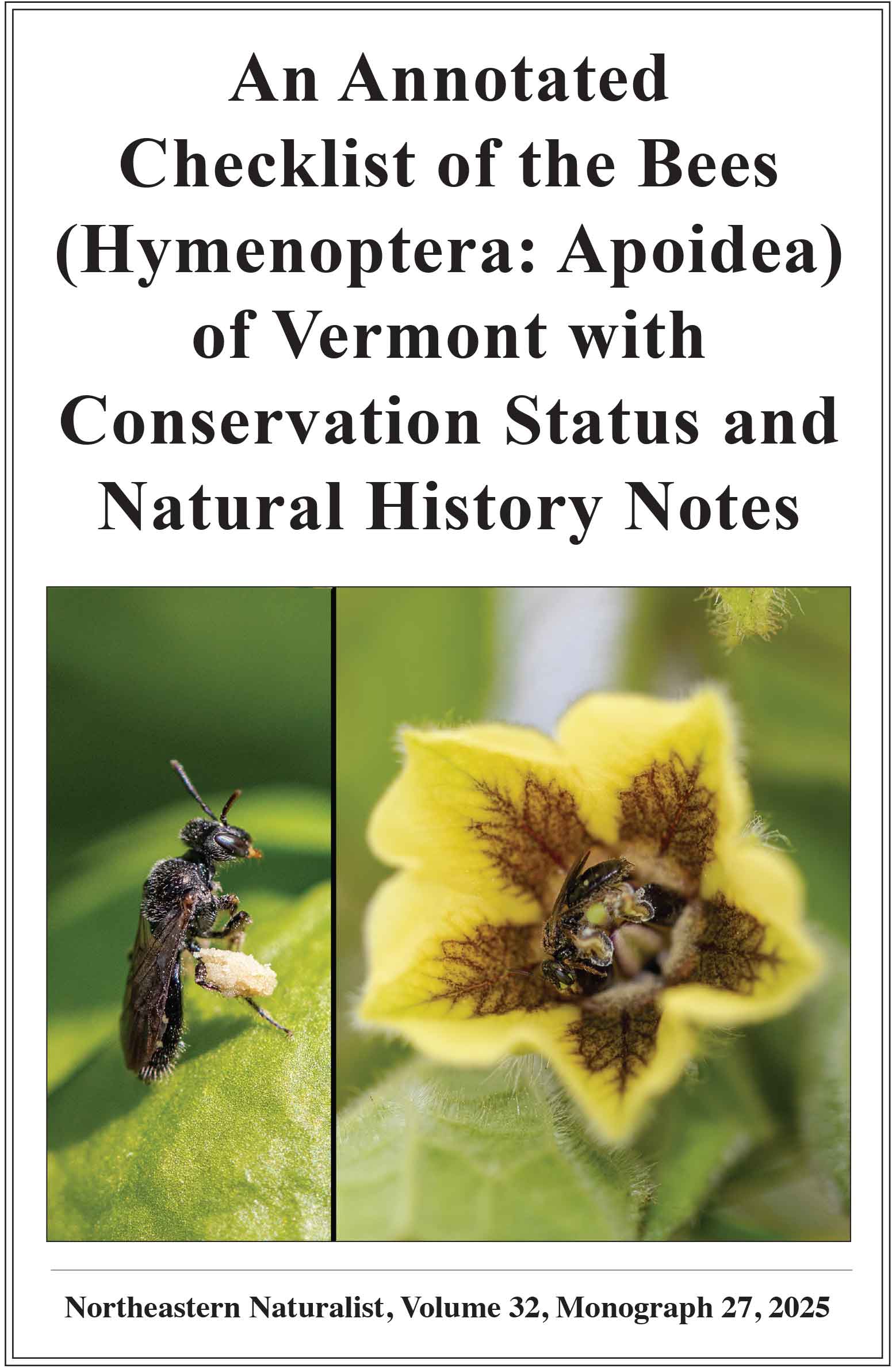Winter Waterfowl Relative Abundance Trends in New England’s Largest Estuary
Clara Cooper-Mullin1, Peter W.C. Paton1, Jennifer Kilburn2, and Scott R. McWilliams1,*
1Department of Natural Resources Science, University of Rhode Island, Kingston, RI 02881. 2Division of Fish and Wildlife, Rhode Island Department of Environmental Management, West Kingston, RI 02892. *Corresponding authors.
Northeastern Naturalist, Volume 32, Issue 3 (2025): 348–362
First published early online: 30 July 2025
Abstract
In the North Atlantic, bays and estuaries provide important habitat for wintering waterfowl, although this key waterfowl habitat often occurs in some of the most densely human-populated areas in North America. We used 3 different long-term surveys, the National Audubon Christmas Bird Count (CBC), the Rhode Island Department of Environmental Management Division of Fish and Wildlife aerial survey, and the Narragansett Bay Winter Waterfowl Survey (NBWWS), to examine the relative abundance and population trends for 19 species of waterfowl in Narragansett Bay, the largest bay and estuary in New England. The most abundant species based on NBWWS surveys were diving ducks that are dependent on shellfish (Aythya spp. [scaup], Somateria mollissma [Common Eider], Bucephala albeola [Bufflehead], and Bucephala clangula [Common Goldeneye]) and geese that graze on submergent vegetation (Branta bernicla [Brant]) or lawns adjacent to the bay (Branta canadensis [Canada Goose]). Overall, waterfowl relative abundance remained constant over the 17 years (2004–2020) for all 3 survey types. However, for the NBWWS and CBC surveys, we detected significant declines in the relative abundance of Anas rubripes (American Black Duck), Histrionicus histrionicus (Harlequin Duck), Common Goldeneye, and Mergus serrator (Red-breasted Merganser). We also detected population declines in Mareca strepera (Gadwall), Mareca americana (American Wigeon), and scaup spp. based on NBWWS surveys and a recent decline in Canada Goose based on CBC estimates. These declines were presumably driven by changing environmental and foraging conditions within this urban estuary and across their entire range. Protection and restoration of Narragansett Bay’s shallow-water habitats and minimizing shoreline development are 2 key conservation strategies needed to maintain waterfowl populations in the region.
![]() Download Full-text pdf (Accessible only to subscribers. To subscribe click here.)
Download Full-text pdf (Accessible only to subscribers. To subscribe click here.)
Access Journal Content
Open access browsing of table of contents and abstract pages. Full text pdfs available for download for subscribers.
Issue-in-Progress: Vol. 32(4) ... early view
Check out NENA's latest monograph and Special Issue:













 The Northeastern Naturalist is a peer-reviewed journal that covers all aspects of natural history within northeastern North America. We welcome research articles, summary review papers, and observational notes.
The Northeastern Naturalist is a peer-reviewed journal that covers all aspects of natural history within northeastern North America. We welcome research articles, summary review papers, and observational notes.